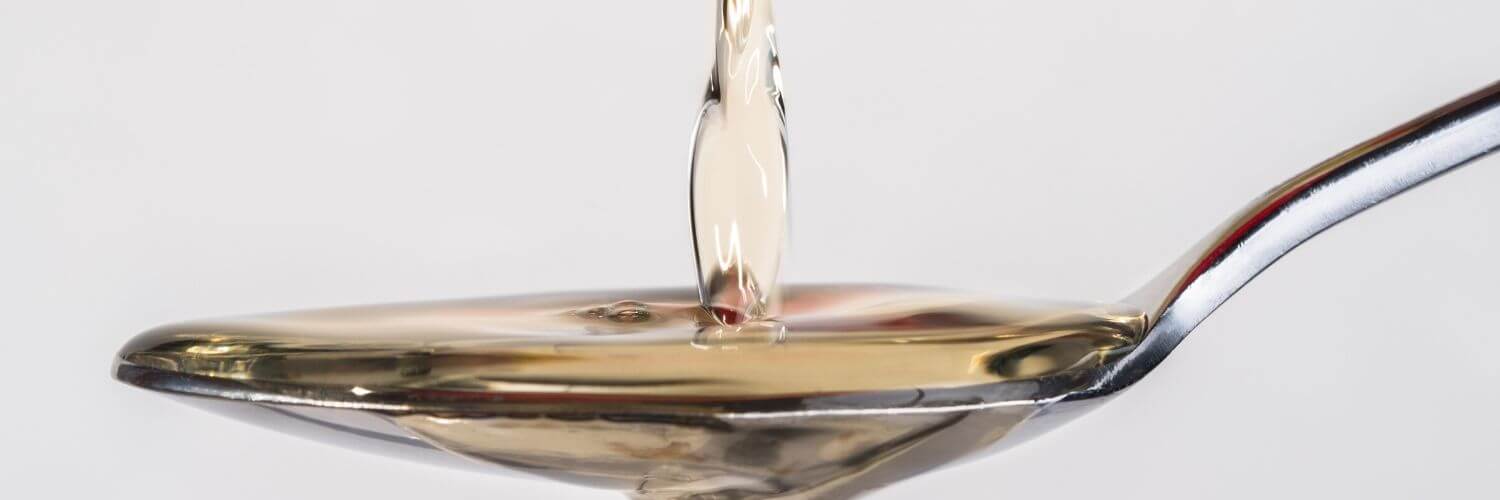
Japanese sake is enjoyed hot or cold with sushi and other Japanese meals, but you can also use it for cooking several types of dishes to enhance the flavors of other ingredients.
Warm or cold, unfiltered sake is a common accompaniment to sushi and other Japanese meals. But did you know that you can cook with Japanese sake for a wide range of dishes? While you can opt to use regular cheap sake when cooking, you can also purchase Japanese sake that enhances the flavor and adding subtle levels of umami to many different foods.
Cook with Sake: Sa-shi-su-se-so
What is sa-shi-su-se-so? Each part of the phrase refers to a particular ingredient used to season a dish with a Japanese flair. The phrase is also meant to help cooks remember the order in which to add the ingredients for the most flavorful impact.
When using the sa-shi-su-se-so for cooking a meal, remember to add the sake first. This will ensure that the sake can work its magic without interference from the other strong ingredients like soy sauce or rice vinegar.
How Cooking With Sake Affects Your Dish
Depending on how you use sake when cooking with Japanese sake, it can impart many benefits to a dish. For example, when fish or meat is marinated or simmered with sake, the resulting dish can be much more tender. Sake also helps to remove overly powerful fishy or meaty odors, delivering more of a subtle balance of aroma.
Sake also imparts umami to many foods when used as an ingredient, and in some cases, even helps foods to cook faster. Foods fried with sake are crunchier, and bread or baked goods made with a little bit of cooking sake are tastier. Sake also happens to contain antioxidants and helpful bacteria that aid in digestion, so using sake when cooking also delivers a few health benefits as well!
How to Cook With Sake
Sake as Part of a Marinade
Marinades with sake as an ingredient not only taste better but also serve to tenderize the meat or fish. You can opt for simple marinades such as sake, soy sauce, and garlic, or even more complex marinades featuring miso and ginger. Sake is a very versatile ingredient and would compliment almost any marinade recipe.
Sake in Soups and Stews
Add about 1 ½ cups of sake to a soup or stew to add rich, deep flavor. The sake compliments many broths with overpowering them. You can add it to a broth made with water, or chicken broth, beef broth, fish broth, and dashi, of course.
Sake Used to Make Sauces
When added to a sauce, sake intensifies the flavors of the other ingredients. Try using it to make a barbecue sauce for grilled meats and fish, or as a glaze to add to baked dishes.
Use Sake to Steam Foods
The umami of sake can shine when used to steam various foods. Use equal parts sake and water as the base, and steam everything from shellfish and fish to vegetables and chicken. The resulting aroma and flavor of the finished dish will surely make you reach for the Japanese sake every time you steam food in the future!
Using Sake to Make Rice
Most people make Japanese rice with water. Add just a little bit of sake to create a more distinctive, full flavor to the finished rice.
Using Sake to Make Baked Goods
Sake can be used in a variety of baked goods. The sake will make cakes and bread moist and flavorful. You can easily find recipes for a sake pound cake, a popular and delicious variation of a basic pound cake.
Using Sake in Stir-Fries
When stir-frying vegetables and meats, add a little sake, and you’ll help the dish develop more profound, more vibrant flavors. The sake also helps to balance bolder flavors such as soy sauce and garlic. There are plenty of stir-fry recipes incorporating sake, so be sure to try some and taste the difference!
Using Sake in a Brine
A sake brine will serve two important purposes—it will first tenderize whatever meat you are brining, and then it will add intense umami to the finished dish. You can create a brine for many types of foods, including beef, pork, chicken, salmon, and other fish.
The Difference Between Sake, Cooking Sake, and Mirin
When looking for the sake to buy for cooking, you’ll come across a few different options and maybe wondering which is best. When it comes to sake and cooking sake, there isn’t much difference except for the alcohol content. Cooking sake will contain less alcohol, but the flavor will be more concentrated. In most dishes, when using cooking sake, you would only need about ½ the amount of regular sake.
Mirin is also a Japanese cooking wine made from rice, but it is much sweeter than sake and cooking sake. It also contains much less alcohol (only about 1%), which burns off when cooking. It is primarily used for seasoning foods and as a glaze. You can use mirin to balance saltier flavors.
Once you try cooking some dishes with sake, you’ll want to make sure you always have cooking sake in your pantry!

